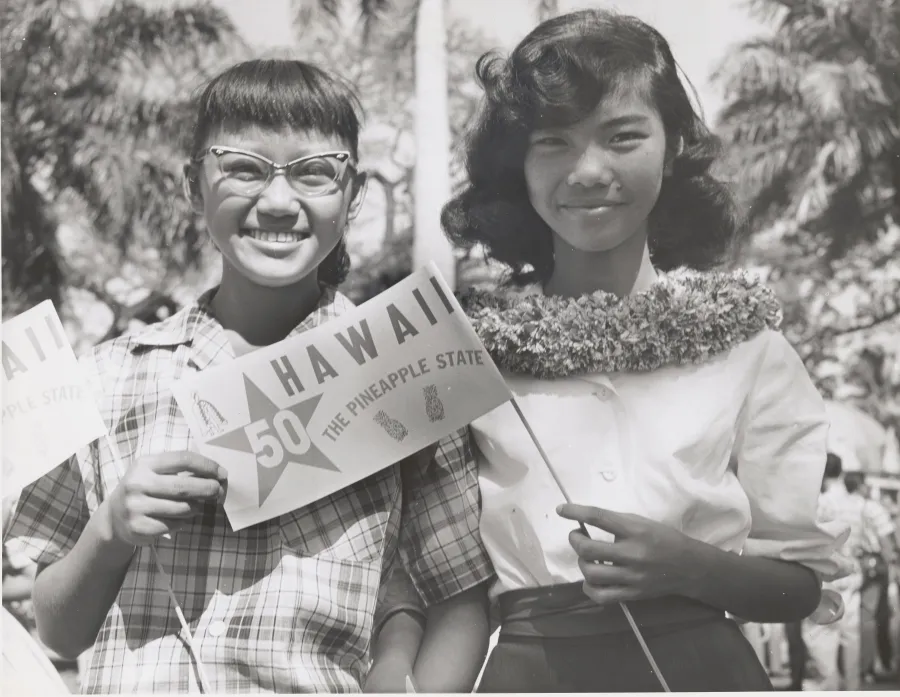Table of Contents
On August 21, 1959, Hawaii officially became the 50th state of the United States. This landmark event marked the culmination of a long and complex history involving indigenous sovereignty, strategic military importance, cultural transformation, and political negotiation. While the date of statehood is straightforward, the story behind how Hawaii became a state is anything but simple. Understanding Hawaii’s path to statehood requires a deeper look into its monarchy, its annexation, its role in American defense strategy, and the political movements of the 20th century.
The Kingdom of Hawaii: Sovereignty Before Statehood
Before becoming a U.S. state, Hawaii was an independent and internationally recognized sovereign nation. The Hawaiian Kingdom was established in 1795 under King Kamehameha I, who unified the Hawaiian Islands into a single kingdom. Over the next several decades, the Kingdom of Hawaii maintained its independence, signed treaties with major world powers, and even had diplomatic missions abroad.
This period of sovereignty saw the development of a complex governmental system, a constitution, and a thriving multicultural society. However, Hawaii’s strategic location in the Pacific and its fertile lands made it increasingly attractive to foreign powers, particularly the United States.
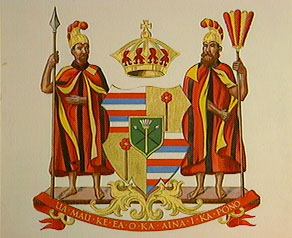
The Illegal Overthrow and Annexation
In 1893, the sovereign Kingdom of Hawai‘i was overthrown in a coup d’état orchestrated by a small group of American and European business interests, with the support of the U.S. Minister to Hawai‘i and U.S. Marines. Queen Liliʻuokalani, Hawai‘i’s last reigning monarch, was deposed under duress in an act widely condemned as illegal and unjust.
Despite strong opposition from Native Hawaiians and an official investigation by President Grover Cleveland that acknowledged the illegality of the coup, the provisional government pressed forward. In 1898, the United States annexed Hawai‘i through the Newlands Resolution—a controversial move lacking a treaty of annexation ratified by the U.S. Senate or the consent of the Hawaiian people.
This chapter in history remains a source of deep pain and protest. In 1993, on the 100th anniversary of the overthrow, the U.S. government formally apologized through the Public Law 103-150 (the "Apology Resolution"), acknowledging that the overthrow was unlawful and that the Native Hawaiian people never relinquished their claims to sovereignty.
The legacy of this event continues to influence Hawaiian identity, cultural preservation, and calls for justice and self-determination today.
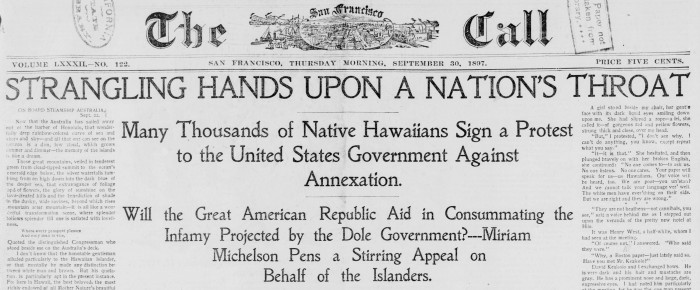
Hawaii’s Strategic Role in World War II
Hawaii’s importance to the U.S. was dramatically underscored during World War II, particularly with the attack on Pearl Harbor on December 7, 1941. This attack led directly to the United States’ entry into the war and solidified Hawaii’s strategic military value.
Throughout the war, Hawaii served as a central hub for the U.S. military in the Pacific Theater. Its geography made it a critical base for both defensive and offensive operations. This military significance further reinforced the United States’ interest in permanently integrating Hawaii into the union.
However, statehood remained elusive for decades. Despite Hawaii’s loyalty and strategic importance, political resistance—often rooted in racial prejudice and concerns about its predominantly non-white population—slowed the process.
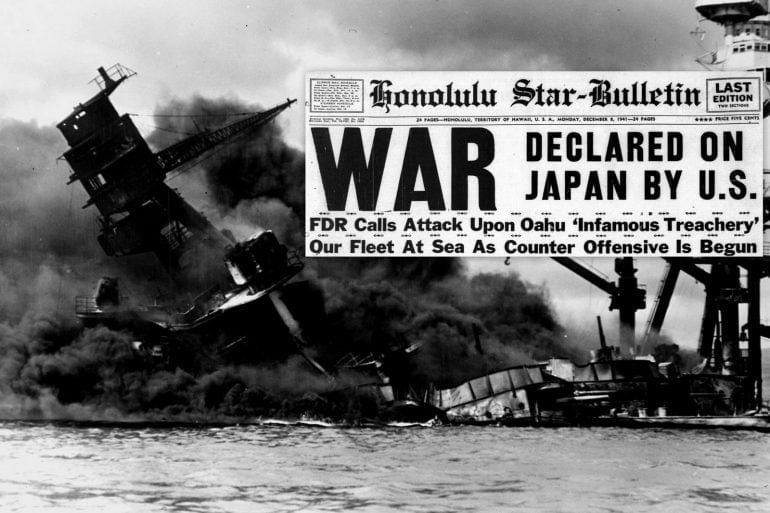
Here is a link to the now famous memorial of Pearl Harbor on O'ahu. A very informational website and you are able to book your tour to visit Pearl Harbor:
https://www.nps.gov/perl/index.htm
The Path to Statehood
The movement for statehood began to gain momentum in the 20th century, particularly after World War II. Hawaii’s residents began pushing harder for full representation and the same rights afforded to other U.S. citizens. As a territory, Hawaii had a non-voting delegate in Congress and lacked the ability to vote in presidential elections.
One major turning point came in 1954, when the Democratic Party gained control of the Hawaiian legislature, initiating political reforms that expanded civil rights and labor protections. This shift helped demonstrate Hawaii’s readiness for self-governance and full participation in American democracy.
Support for statehood also grew on the mainland, particularly as civil rights and equality became more prominent national issues. In March 1959, Congress passed the Hawaii Admission Act, which President Dwight D. Eisenhower signed into law. On June 27, 1959, Hawaiians voted overwhelmingly in favor of statehood, with more than 94% voting “yes.”
Finally, on August 21, 1959, Hawaii was officially admitted to the United States as the 50th state.
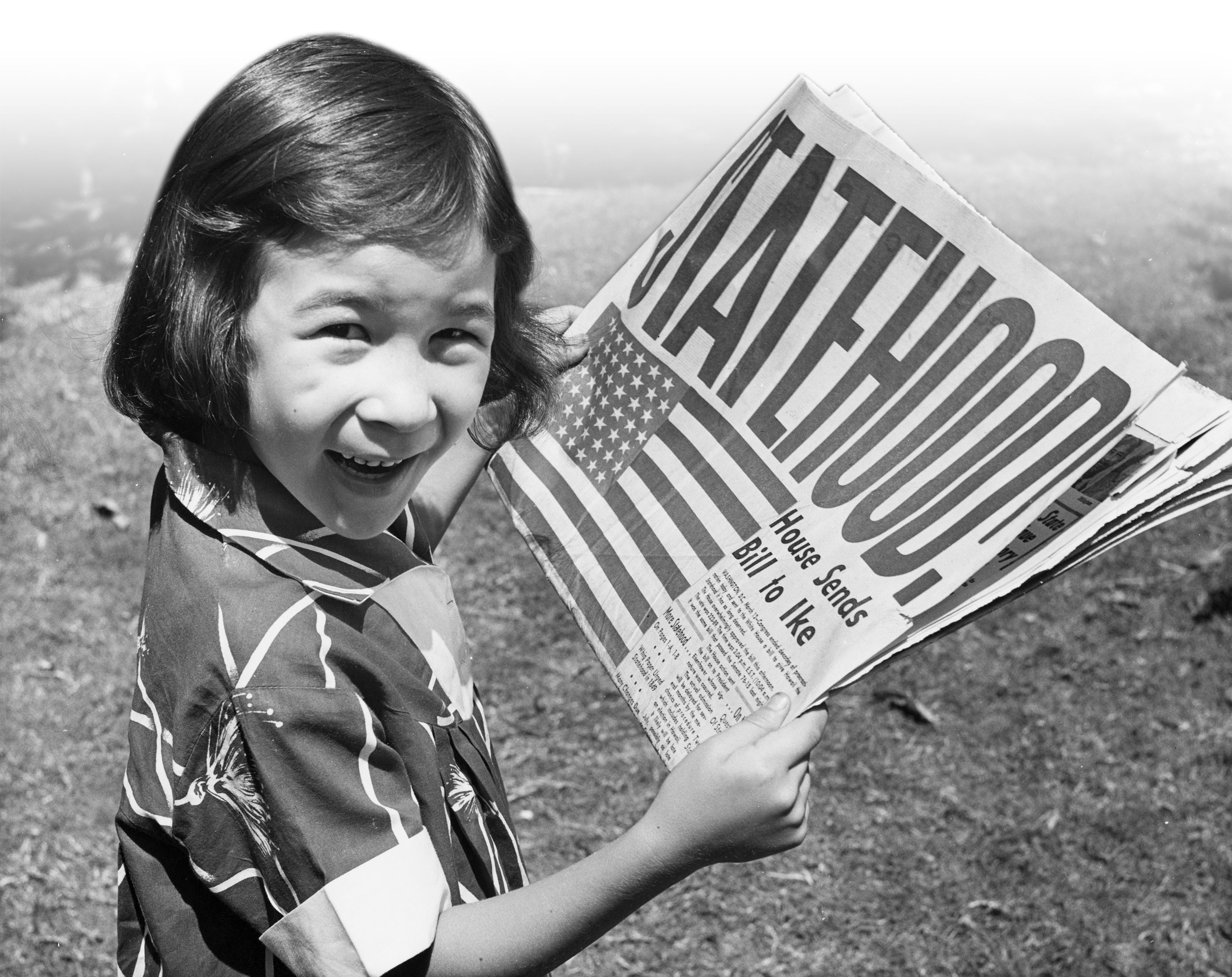
Hawaii Today: A Unique Part of America
Today, Hawaii stands as a vibrant and diverse state with a unique blend of cultures, languages, and traditions. It is both a major tourist destination and a hub for the U.S. military. However, the legacy of colonization and statehood continues to spark conversation and activism.
Native Hawaiian groups continue to seek recognition of historical injustices, including the illegal overthrow of their monarchy and the loss of sovereignty. In 1993, President Bill Clinton signed the “Apology Resolution,” acknowledging the U.S. role in the overthrow and offering a formal apology to Native Hawaiians.
While statehood brought benefits such as federal representation and economic development, it also brought challenges. For many Hawaiians, the anniversary of statehood is not just a celebration, but also a time of reflection on what was gained—and what was lost.
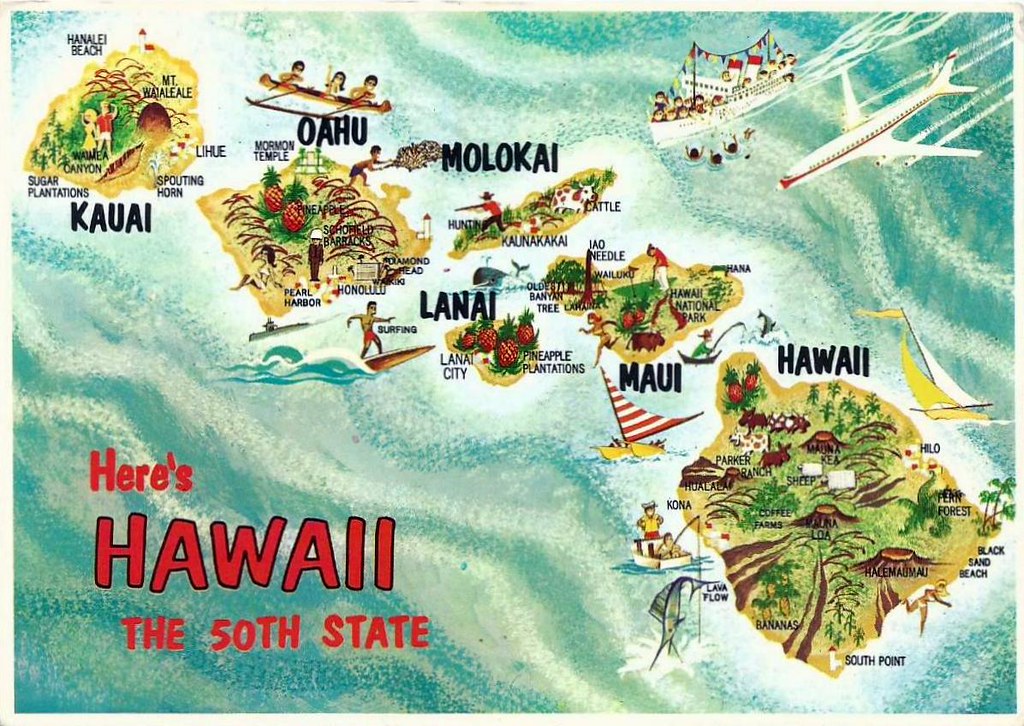
The journey to statehood for Hawaii was long, complicated, and deeply intertwined with issues of sovereignty, identity, and geopolitics. On August 21, 1959, Hawaii joined the union, becoming the 50th state and forever altering its place in world history. While the legal and political status of Hawaii has been settled in the eyes of the U.S. government, the story continues to evolve as Native Hawaiians and allies push for recognition, justice, and cultural revival. Understanding when—and how—Hawaii became a state invites us to look more deeply into American history and the complexities of nationhood.
If you would like to read and learn more about interesting things in Hawaii! Check out our blog page here on our website!
or
